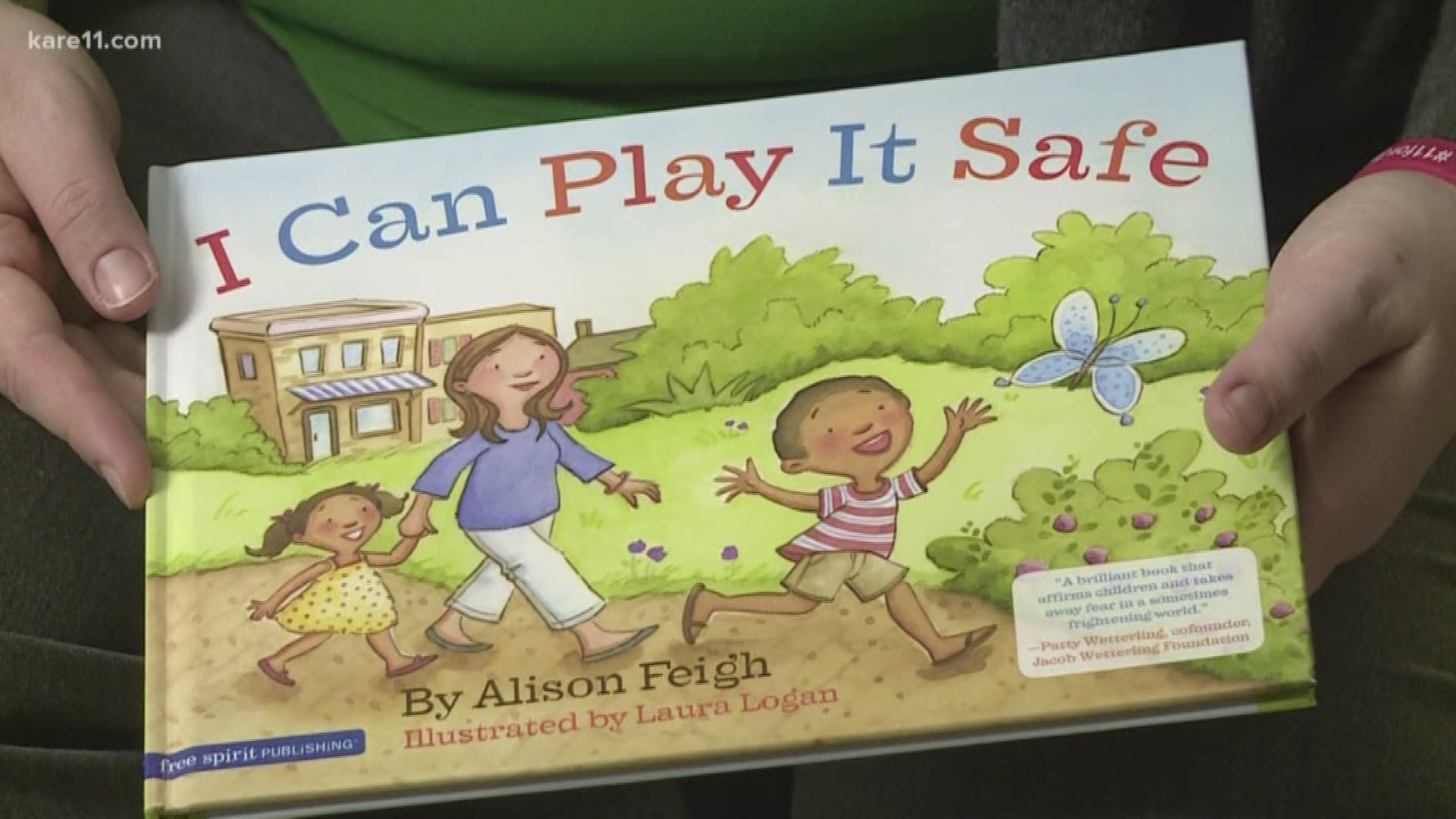The attempted abduction at Lake Harriet Lower elementary school in Minneapolis this week led to discussions in classrooms and homes, maybe even yours.
Police haven’t caught the man they believe grabbed a 9-year-old girl, who fought off her attacker and escaped.
For parents looking for concrete advice after this incident, the Jacob Wetterling Resource Center shares how the days of "stranger danger" talk have evolved. JWRC Program Director Alison Feigh focuses on teaching kids to be smart, and not scared.
She first wants families to remember that non-family abductions are rare, with an estimated 100 to 115 cases in the United States each year. The adults who abuse or abduct a child are almost always known the child. Feigh says children don’t often recognize who strangers are.
“So if the person doesn’t fit that scary person coming out of an alley in a trench coat, the kids doesn’t connect that safety message,” said Feigh. “So we just say, “any grown-up that wants to break your safety rules.”
With the risk close to home, conversations can begin by teaching kids an important phrase.
“We don’t go anywhere with anyone who doesn’t let us check first,” said Feigh.
Remembering that advice allows kids to check with their gut and listen to that “uh-oh” feeling. Feigh tells parents to teach kids to make a lot of noise, get away and tell a grown-up if someone tries to take them somewhere without letting them check first.
She also teaches kids the difference between yelling and screaming.
“To yell from their gut, the part of the body that makes them feel unsafe, stuff like call 911,” said Feigh. “If you are in a store and hear that, most grown-ups want to help kids.”
She recommends kids identify five trusted adults to include in their safety net, to call about any problem. Adults can reach out to five kids to become that trusted grown-up.
“Statistically most grown-ups don’t hurt kids, so if a kid picks any adult at random, they are in a much better place than feeling frozen and isolated,” said Feigh. “Statistics show the number one thing that helps when things happen is an adult gets involved.”
Feigh authored a book, “I Can Play It Safe,” taking a positive approach to safety for kids.
“Because so often when I am teaching parents classes, people are so afraid to have this conversation,” said Feigh.
She also recommends “Protecting the Gift” by Gavin De Becker, as a resource for parents, which runs through “what-if” scenarios, another tactic parents can use.
“What if my best friend drove up and asked you to get ice cream, what would you do before you got in their car?” said Feigh, as an example. “The more you can reinforce, yep, we have a plan, we know the plan, we are on top of the plan.”
Last, Feigh leaves all parents and kids with heartfelt advice from Patty Wetterling, Jacob’s mother.
Patty Wetterling would say it all the time, so it’s one that I echo from her, you are special, and no one has the right to hurt you. Every kid is special, every kid deserves to be safe,” said Feigh.
When Jacob Wetterling was abducted, the United States had a 60 percent recovery rate for finding missing kids. Today, the National Center for Missing and Exploited Children reports a 97.5 percent recovery rate for finding missing kids, said Feigh.
Here are more tips from the JWRC website.
Review Feigh’s top tips for safety skills for children and families:
- Be smart, not scared
- Listening to gut “uh-oh” feeling
- “We don’t go anywhere with anyone who doesn’t let us check first”
- Make a lot of noise
- Find any grown-up who can help
- Go through “what if” scenarios
- You are special, and you deserve to be safe

